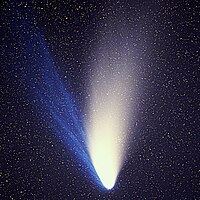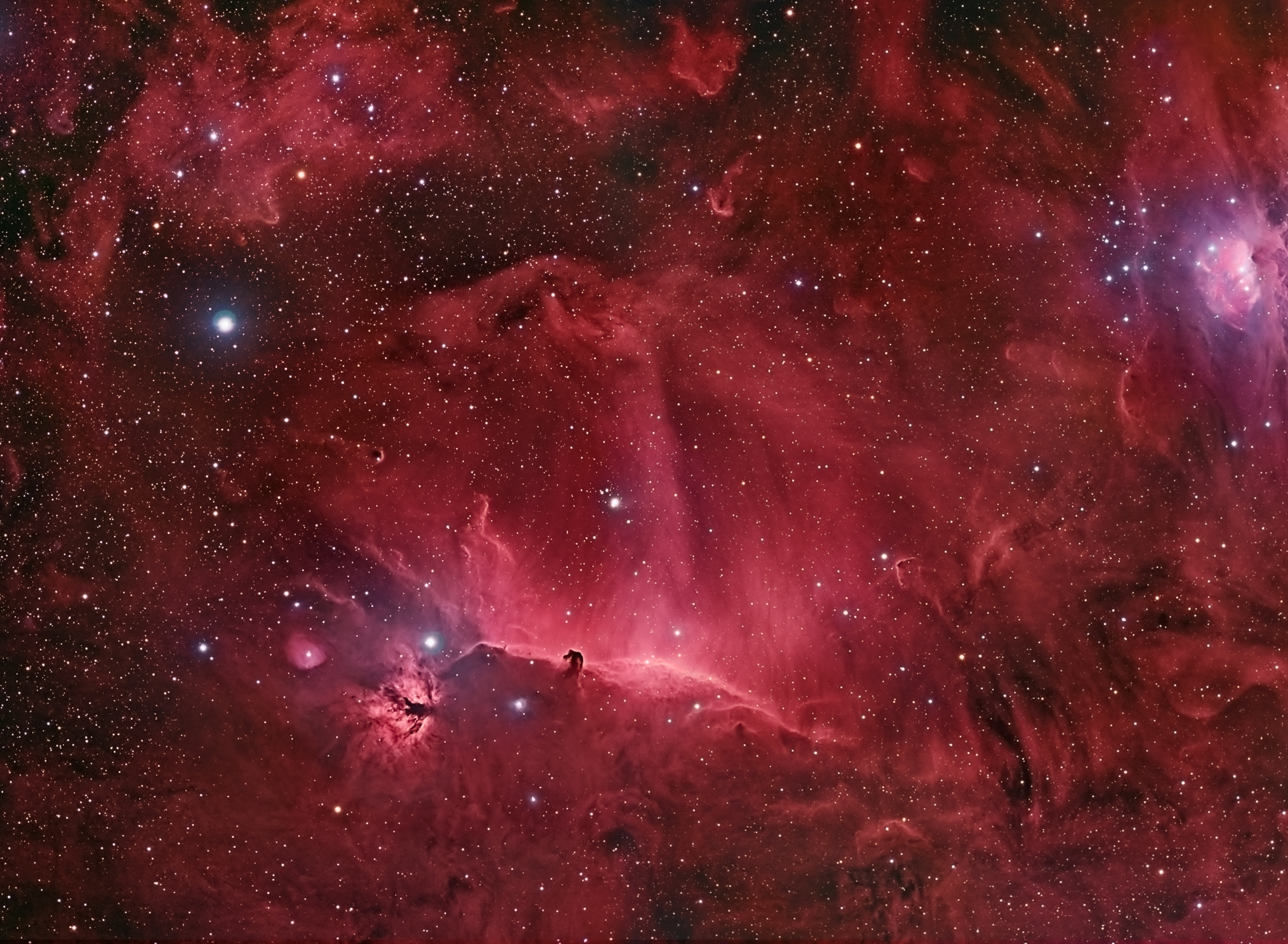November brings the annual Leonid meteor shower which peaks on Sunday November 17th. This year we have a second potential show, a "Meteor Outburst" on the evening of November 21-22. Unforunately the Moon will interfere quite a bit with the Leonids, but will have considerably less impact a few days later for the meteor outburst. Let's look at these two events in more detail.
 |
| Leonid Meteor Outburst in 1833 |
Meteor showers are some of the most exciting spectacles to watch in all of astronomy. However, the best views require dark, clear eastern skies and a willingness to be awake when most people are sleeping. And this time of year, they require warm clothes! If skies are clear, the Leonid Meteor Shower should be visible this weekend during the night of of November 17-18, but because of the 3/4 lit Moon, the sky will be glowing and only the brightest meteors will be visible.
Meteors are tiny bits of rock and dust that enter the earth's atmosphere and burn up. These bits of rock and dust are floating in long orbits in space and the earth "runs into" these clouds of rock and dust. Because the earth is moving so fast, the rocks and dust that are struck by the earth heat up from the friction of earth's atmosphere. The result of this are
brilliant streams of light that are often called "shooting stars" but aren't stars at all, just very small visitors that shine briefly and flicker out.
The meteor shower coming up this weekend is called the
Leonids and it is the result of the
meteor stream from a comet known as Temple-Tuttle (comets are usually named after their discoverers). The shower is called Leonids because the comets appear to originate in the part of the sky where we find the constellation Leo the Lion. This constellation does not rise in the east until very late in the night and as such, we don't get the best view of the Leonids meteors until after midnight.
This article by Deborah Byrd on EarthSky is very informative about the Leonids this year.
The "Meteor Outburst" a few days later is due to a similar cause as the Leonids themselves, the debris stream from a yet-to-be-discovered comet that has left a trail through which Earth will pass. That will happen on the night of November 21-22.
This article from Sky & Telescope Magazine does an excellent job outlining the circumstances of the outburst and indicates that in the US you can expect a peak on the 21st around 8:50 pm pacific, 11:50 pm eastern, and here in Munich Germany around 5:50 am on the morning 22nd. I'll be up early to see if in fact we will get 100s of meteors storming in all at once. Can't wait!
Image credit: Public Domain / Wikimedia Commons
























